What is it?
It’s the future of performance cars. Possibly. This is our first chance to drive an almost-finished version of the all-electric Tesla Roadster on UK roads.
If you don’t already know, Tesla has created a silent-running zero emissions sports car that’s based on a heavily reworked version of the Lotus Elise. It’s the first of what the company hopes will be a full line-up of futuristic battery-powered vehicles.
The difference here is that Tesla’s made big performance promises that could, if the Roadster can deliver, completely change the way we think about electric cars.
And it can do this instantly, from zero rpm, where the electric drive system serves up its maximum 275lb ft shove immediately. As the thrust is seamless (there’s only one gear) the Tesla feels even faster than its four-second 0-60mph time suggests.
At first it is incredibly eerie charging around at these speeds with no engine noise.
But you get used to it surprisingly quickly – the novelty never of silent ‘motoring’ never wears off and it’s a constant reminder that you’re driving a pollution-free car. In the city, though, you do worry about unaware pedestrians wandering out in front of you.
The Tesla’s mid-mounted batteries and power inverter weigh a whopping 450kg and - although Tesla’s engineers used carbon fibre in the body to bring weight down – the Roadster doesn’t handle as well as a Lotus. It weighs around 330kg more than the Elise, for a start.
But it’s still very impressive and will be a revelation compared with overweight sports cars in the US market it’s aimed at.
Tesla has maintained Lotus’ suspension at the front but had to completely rework the rear geometry.
The Roadster’s a bit too soft at the back, and the body control can be poor – it thumps over potholes – but the damper and rebound rates are adjustable.
The standard Roadsters we drove were set-up to understeer, to avoid snapping into a spin with the added mass at the back.
The brakes also require a serious shove to work really well, but deceleration when you lift off the throttle is so noticeable that you don’t often need to use them.
Should I buy one?
If this is the future of sports cars, then car enthusiasts can rejoice. The Tesla Roadster is fantastic fun. And you’ll never have to visit a petrol station again.
Inevitably though, as with any new technology, there are downsides. The Tesla takes 14 hours to recharge from a normal mains supply; less if you have a higher-voltage circuit fitted in your house.
The batteries only last at full efficiency for 50,000 miles and will be dead after 100,000 - currently they cost thousands to replace.
Then there’s the price of the Tesla in the first place, and the fact that it’ll only be made in tiny numbers…

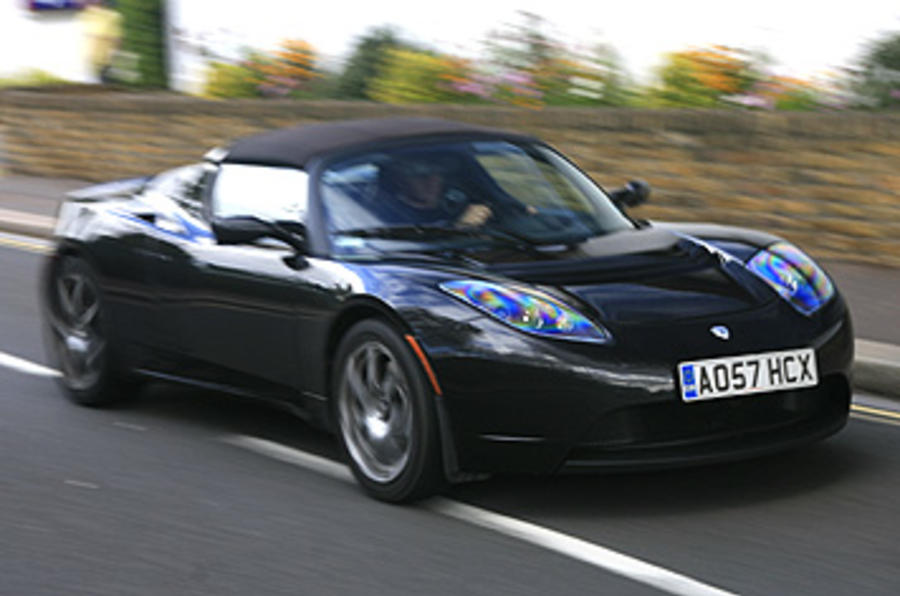
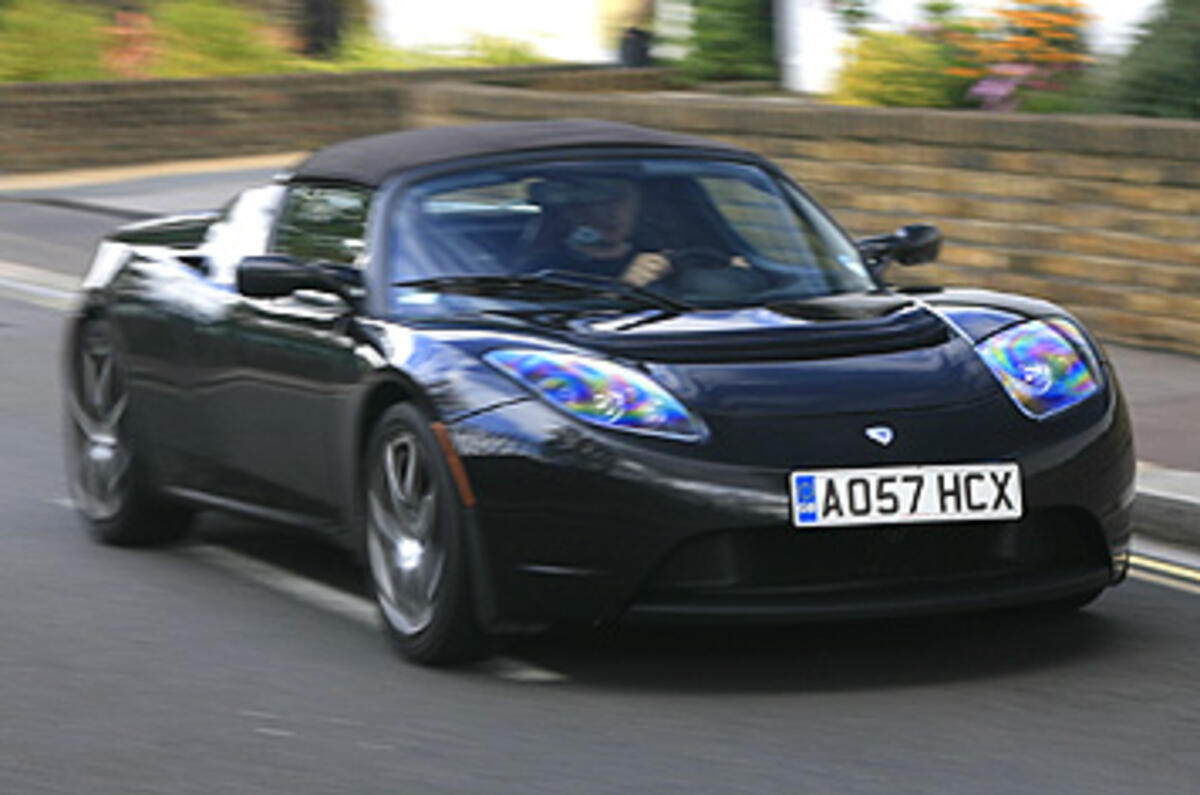


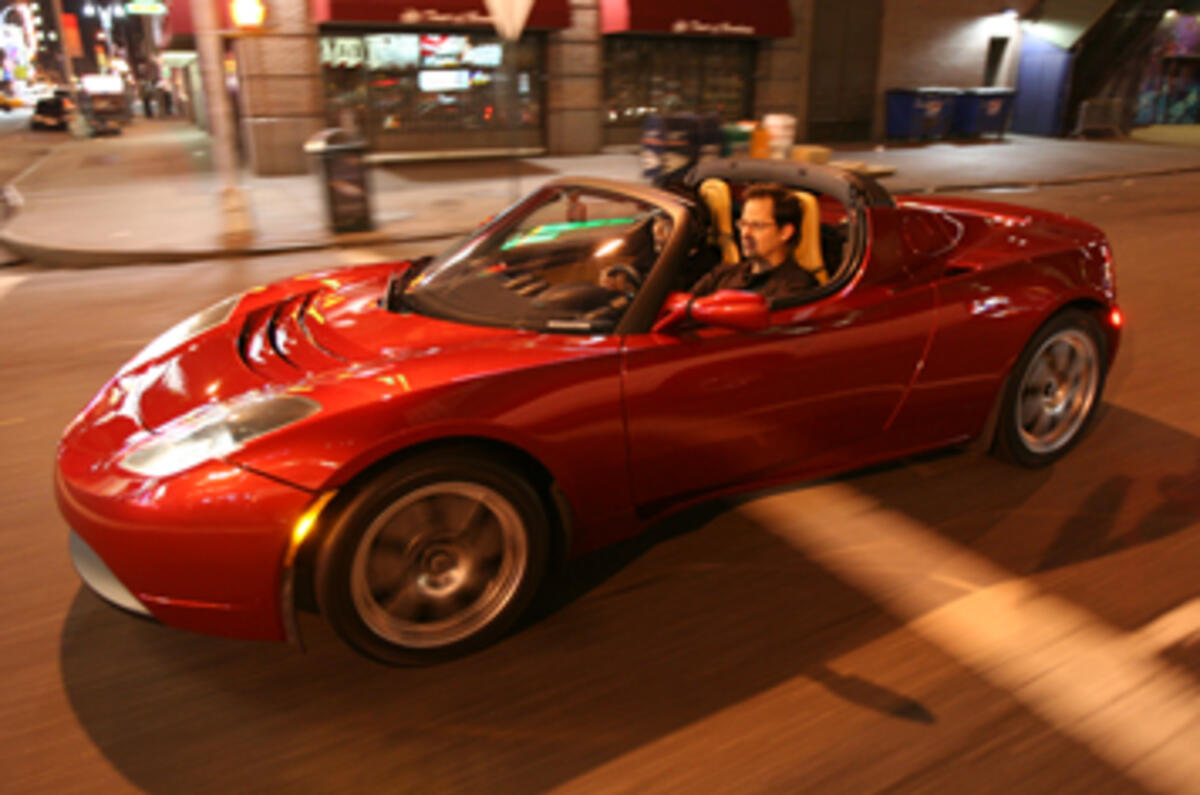
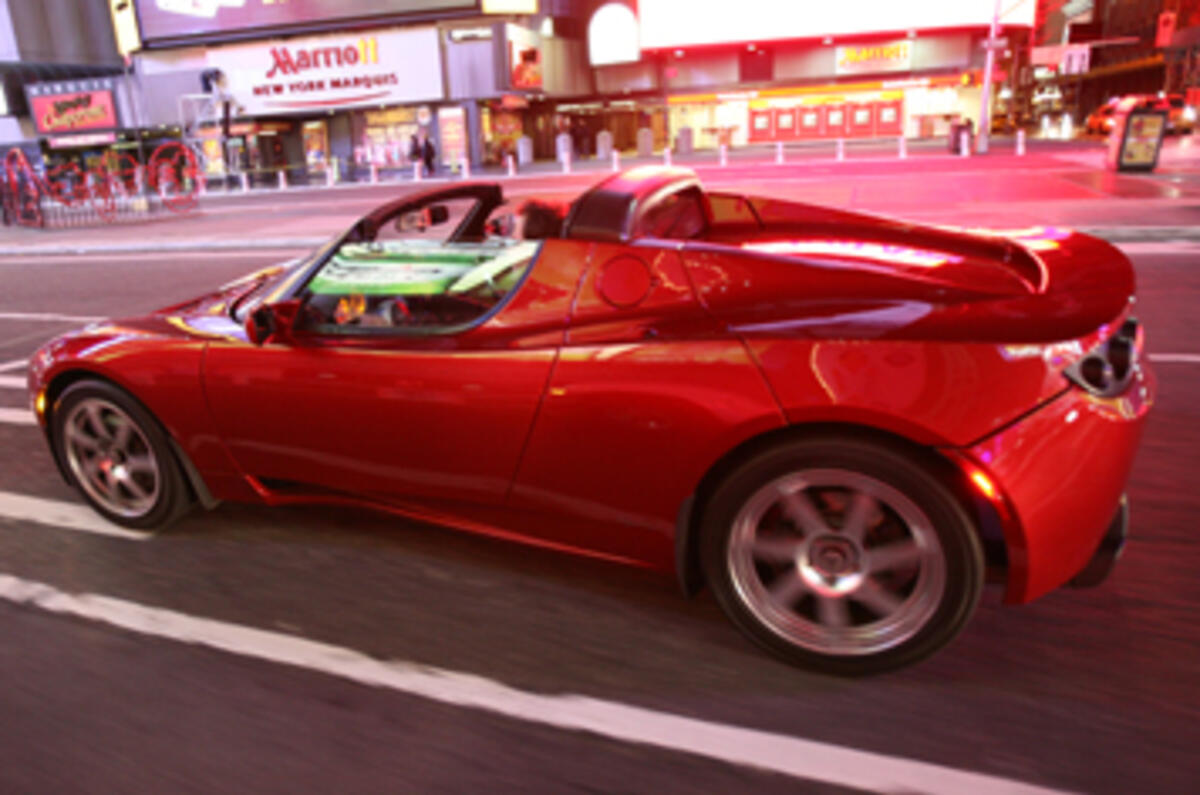


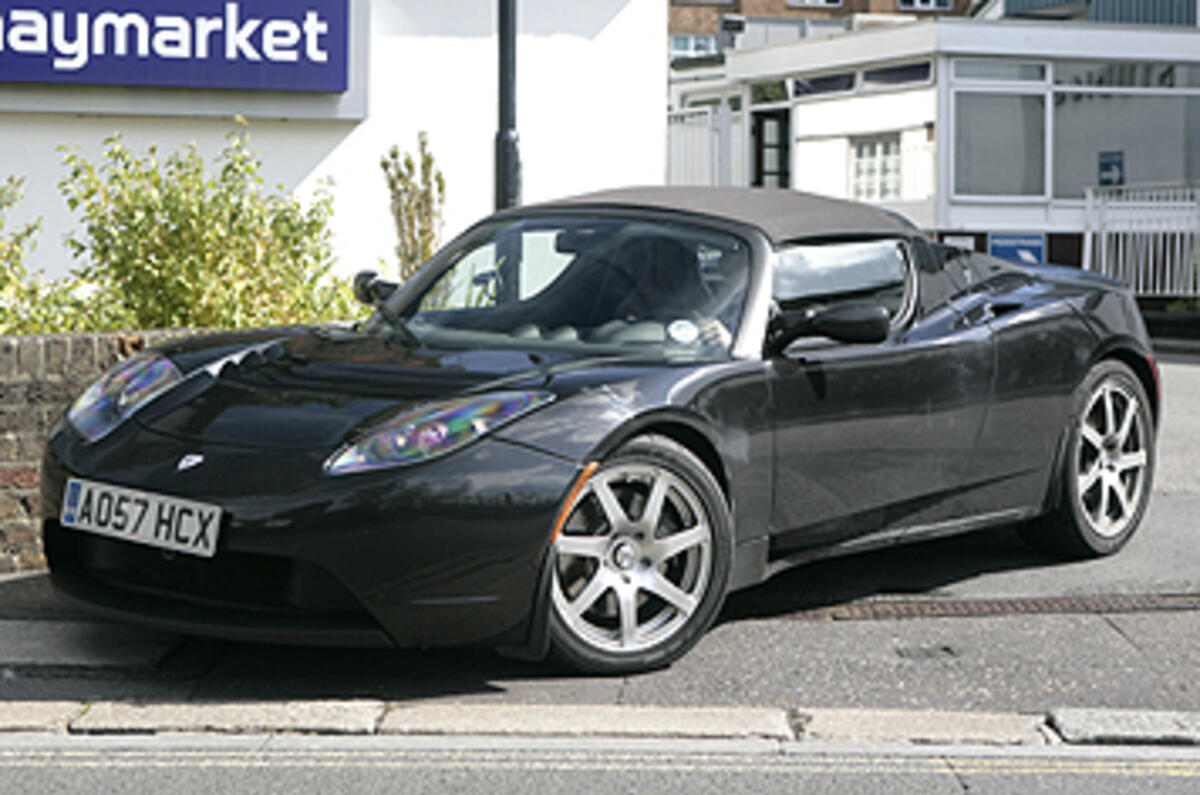
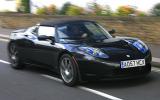










Join the debate
Add your comment
Re: Tesla Roadster
Understand that M_Nolan, but economies of scale mean that if everyone was driving electric cars there would be less pollution overall.
Re: Tesla Roadster
People wake up....yes the car may not make emissions, where do you think the electricity from the wall plug comes from!?! These 'revolutionary' cars are only shifting the problems off the roads onto our power stations making them work more...Hydrogen is the only 'revolutionary' idea so far which doesnt directly rely on the power grid...albeit to extract hydrogen takes a lot of energy too...
Re: Tesla Roadster
Noise fair enough, it's a big part of the experience any sports/performance car. Why is no gears a problem though?
Re: the national grid - we've been through all this before. It's entirely feasible, unlike an overnight switch to electric cars. It's not like 30 million Tesla roadsters are going to turn up tomorrow and plug in, is it?